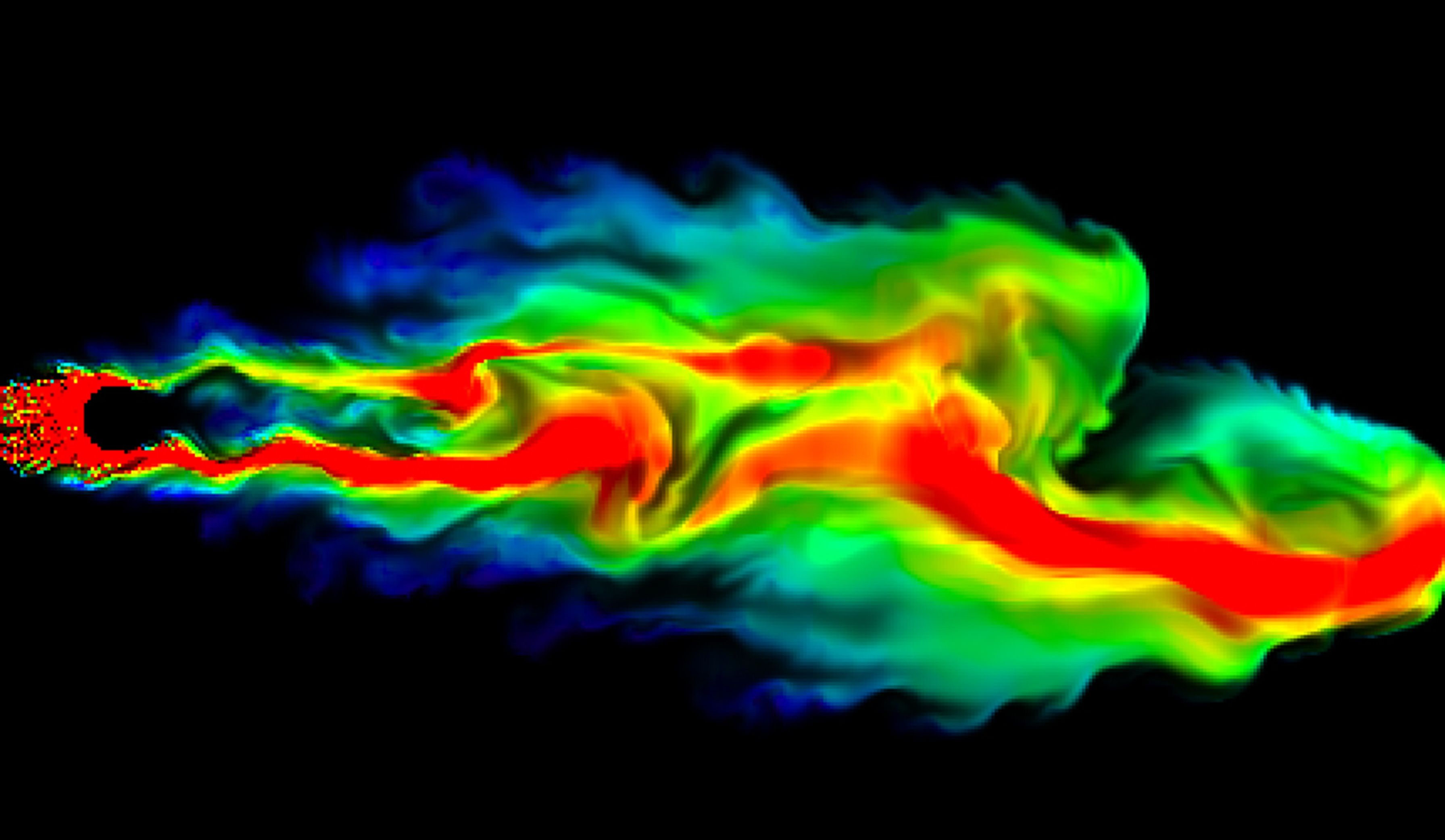AE706 - Computational Fluid Dynamics

Instructor
J.C. Mandal
Semester
Spring’20
Course Difficulty
The initial portion of the course dealt with fluid mechanics and governing equations which were a bit tough. The finite difference techniques that followed were easy - moderate. The coding assignments had to be done in C/C++ only. They were a major part of learning in the course.
Time Commitment Required
You would need to revise at least an hour per week along with attending the lectures. The coding assignments will take up some time depending on your proficiency with C/C++. But the time commitment for the coding assignments will go down as you get familiar with C/C++ through the course.
Grading Policy and Statistics
The professor implemented absolute grading with 90 being the cutoff for AA, 80 being the cutoff for AB and so on.
Attendance Policy
The prof had instructed about strict attendance at the beginning of the course but did not implement the policy as DX grade was not allowed in online sem.
Pre-requisites
Although there are no hard prerequisites other than basic Fluid Dynamics, doing a course on Gas Dynamics would ensure better understanding of some of the governing equations and their analysis. That being said, Gas Dynamics is not essential to understand the CFD part of the course.
Decent knowledge of C/C++ is a hard prerequisite as the professor does not accept coding assignments in any other language. Knowledge of linear algebra and basic differential equations would help in the course.
Evaluation Scheme
- 10% for best 2 quizzes out of 3.
- 45% for 3 coding assignments.
- 20% for mid-semester exam.
- 25% for end-semester exam.
Topics Covered in the Course
1.Introduction to Computational Fluid Dynamics
- Governing equations for fluid dynamics
- Classifications of governing equations based on their nature
- Nature of boundary conditions
- Finite difference approximations
- Application of Finite difference methods to model equations
- Desirable properties of finite difference methods
- Analysis of finite difference methods
- Elementary grid generation.
- Applications of finite difference methods to One-dimensional Euler equations
Teaching Style
The professor would use MS Whiteboard during the lectures and provide the whiteboard file afterwards. He was very open to answering doubts and would even wait after the lectures if doubts weren’t solved. The content pertaining to CFD is taught right from the basics and is taught with examples in a manner which is easy to understand
Tutorials/Assignments/Projects
The coding assignments were the most fun part of the course as you would apply the knowledge learnt in class and write codes from scratch for various finite difference schemes.
Feedback on Exams
The Midsem was pretty easy as most of the question has been dealt with in some form in the class. The Endsem on the other hand was tough and it involved application of whatever was leant throughout the course. The quizzes were moderate and doable if attention was paid in class.
Motivation for taking this course
An interest in fluid mechanics and basic knowledge of the applications of CFD in various fields prompted me to take the course.
Course Importance
This course is important if you want to pursue CFD in a theoretical setting. It will form the foundation of CFD as you take more advanced courses.
When to take this course?
I took this course in my 4th sem. I would recommend the same as one would have completed Fluid Mechanics in the 3rd sem and would also get sufficient time to explore other courses related to CFD if interested.
References Used
1.Numerical Computation of Internal and External Flows: The Fundamentals of Computational Fluid
Dynamics: Volume 1 and Volume 2, Charles Hirsch, Butterworth-Heinemann
2.Computational Fluid Dynamics, J.D. Anderson, McGraw Hill
AE 706 Review By: Varun Pathak